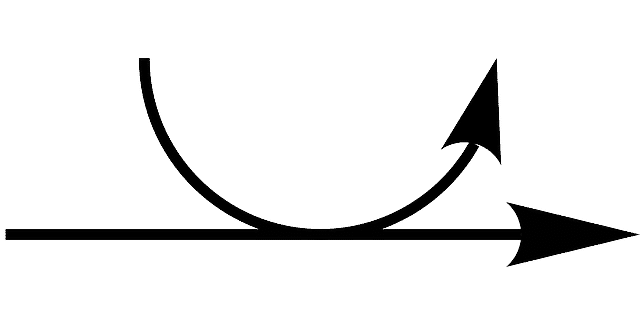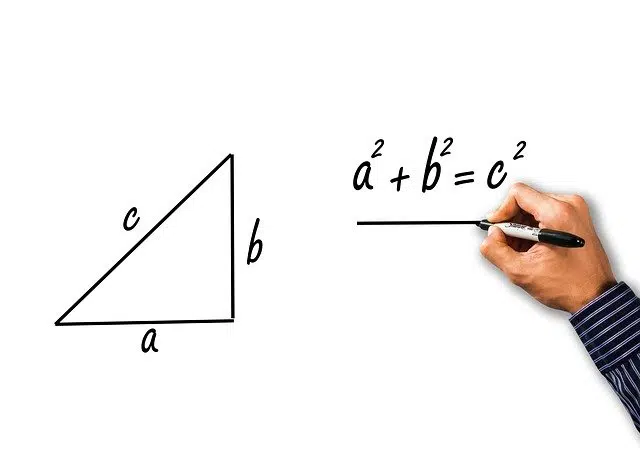
The line that touches a curve at a single point is called a tangent.
From the Latin tangens , the term tangent is an adjective that refers to what it touches . The concept is very common in the field of geometry , since we can talk about the tangent line and the tangent of an angle .
For trigonometry , the tangent of an angle is the relationship between the legs of a right triangle . It can be expressed as a numerical value by dividing the length of the opposite leg and the adjacent leg of the angle in question. On the other hand, the arctangent is the inverse function of the tangent of an angle.
The notion of tangent in circles
Two or more circles are considered tangent when their centers and the intersection of the circles, known as the point of tangency , pass through the same line. One of the points of their perimeters must coincide, so that their edges touch, without the figures overlapping.
When a circle has its center on the perpendicular of a line and one of its points (P) is the same one through which the two lines intersect, the circle is said to be tangent to the line at point P. In the same way , if we start from the circle, it is possible to define its tangent line at any of its points, using the equation that is called unfolded .

In a right triangle, the relationship between the legs is called a tangent.
tangential speed
In uniform circular motion (MCU) the direction and direction of the tangential velocity is continually modified, but its speed does not change, since the length of its vector does not change either. If we take, for example, an object that makes circles around a given point and with a given radius, with MCU clockwise its tangential speed (also known as linear) is the one that said object presents at any instant of its circular motion. .
The tangential velocity is represented by a vector tangent to the circle, taking a desired point. When graphing it, and after repeating these steps a few more times, starting from different points, it becomes evident that it is not a constant speed, given that both the direction and sense of its vector is different with each step.
To calculate the module of the tangential velocity in uniform circular motion (its magnitude), the quotient must be made between the arc that the body describes and the time it takes to travel. If the object makes a complete turn, the formula will be d = 2 x pi x radius , which is equivalent to the length of the circle. Implicit in this equation is the variable n , which represents the number of turns: 2 x pi x radius xn . Finally, if time must be taken into account, the product of said multiplication must be divided by seconds or hours, depending on the unit chosen.
Tangent plane and tangent space
The plane that contains all the tangents to the curves that are drawn on the surface and pass through the same point is known as a tangent plane to a given surface at a given point. The line normal to a surface, on the other hand, is the one that passes through a point on the surface and is perpendicular to the tangent plane.
A tangent space is the set linked to a point of a differentiable variety made up of the total of the tangent vectors to that point; is a vector space that shares dimension with the manifold.
A colloquial expression
The expression "going off on a tangent" , belonging to colloquial language, refers to the action that consists of deviating from the central topic of a conversation or debate to talk about issues that have no direct link with it.
The new topic included in the conversation, therefore, "touches" the central one but goes in another direction .
